November 11, 2018
Martha O'Kennon
Dark days. I cleaned out the leaf net that had been hugging the pond for a couple of weeks. Now in a couple of days it is filling itself up completely. This afternoon I will get it emptied again and then go in and get some breathers.

Did I say the Euonymus was getting ever redder? Well, that was how it seemed last week. But a couple of days later the reddest bits started to change their color from red to pink and pink to brownish. In other words, we will have to wait till next year to see that explosion of color. In the meantime, we can still find the most wonderful colors in the buggies themselves. Most of the plants they seemed to enjoy most are themselves dry or gone. But many drift in from elsewhere to pick food bits (animal or vegetable)
Remember that there is information in the name of the file for each image. You can see it by mousing over the image - look at the lower left of the screen. Or you can click on the image to get to the (usually) larger image. Then the info is displayed in the address line above. Sometimes the second click will actually display a different view of the original image.
It's getting so that I really can't tell ant from ant. This first and second one is the usual carpenter-sugar ant. The third image is of a new ant. I had at first labeled it "ant carp" as well. But a 14-year-old formicologist (@ferox formicae) who says his ant collection is in the thousands each with a long pin through each of their tiny thoraces identified #3 as
Immigrant Pavement Ant (Tetramorium immigrans).
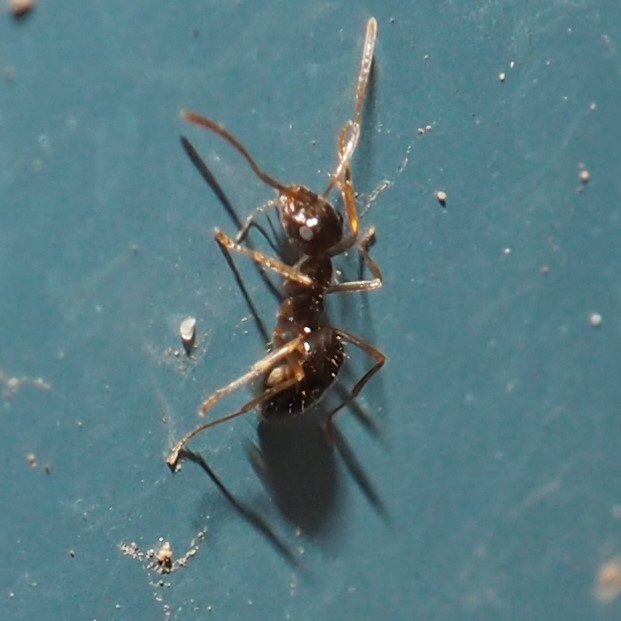


One thing that might be said about barklice is that this has been a Wonderful Chance to capture many shots of them (or barklouse impersonations) in many stages of existence. These three images are from several different orientations around the eastern side of the siding. One theory is that the barklice come down onto the siding from a very old Blue Spruce. Pictures 2 and 3 may show a Fateful Barklouse, genue Lachesilla. The last image seems to be in a nymphal posture but it is probably just a central ventral (ha ha) rendering the other images with wings closed.
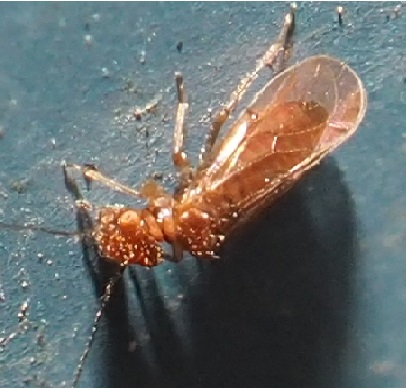
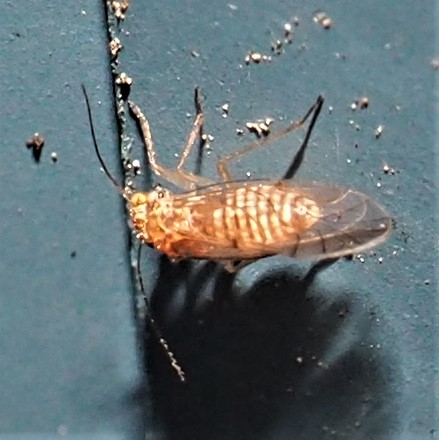
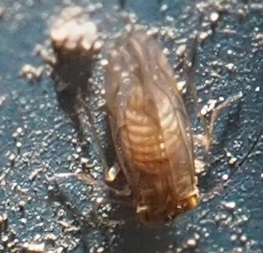

Probably the most beautiful barklice belong to the species Graphopsocus cruciatus. These three images were shot in the same session as each other. In the third one, please notice the baby spider in the upper left.
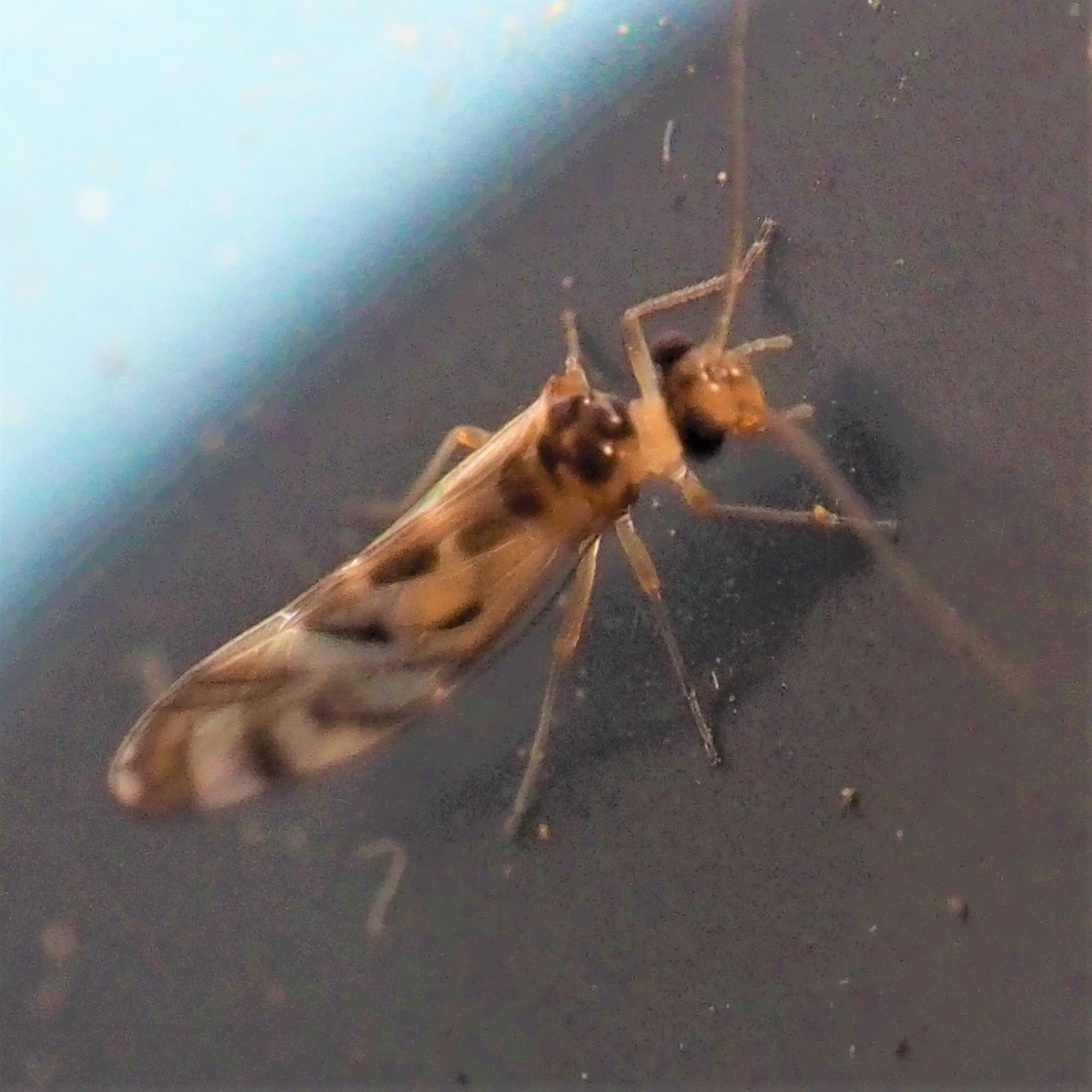
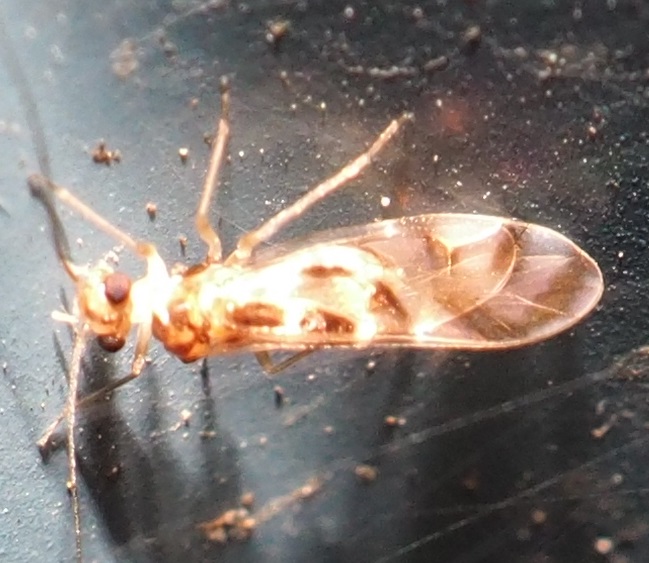
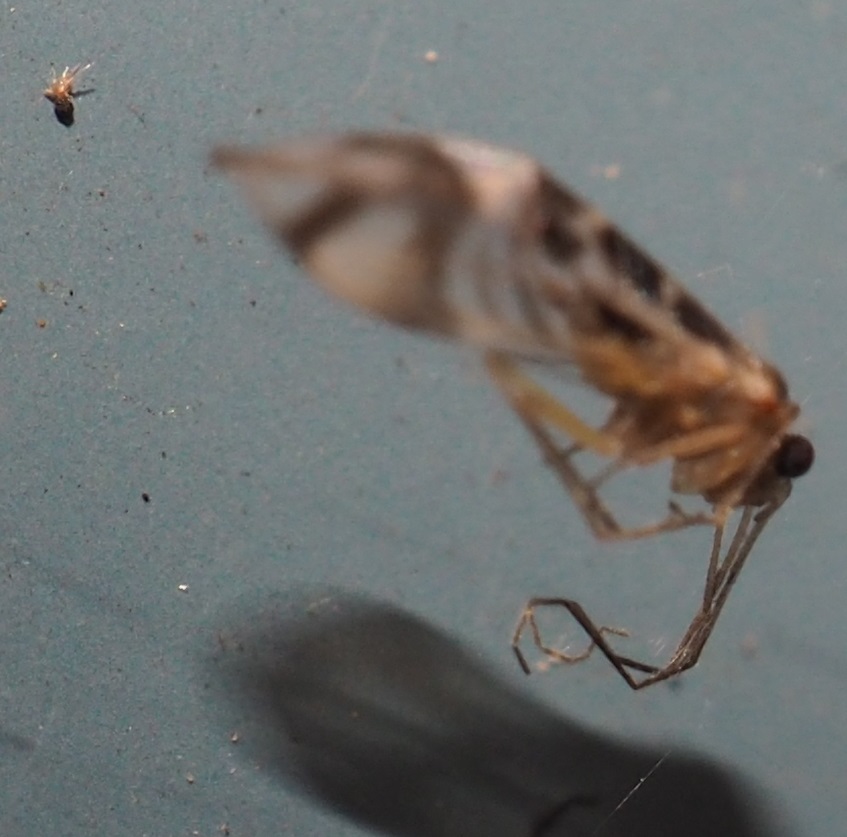
Here is another barklouse (or pretender) that we see more of each day. It looks like Valenzuela flavidus. I have to admit that I mistook an image like #2 for a plant bug when I first saw it.

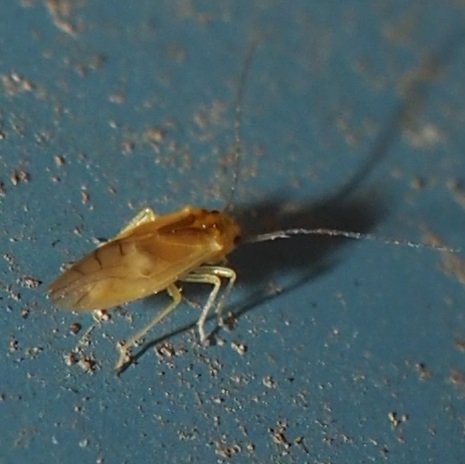
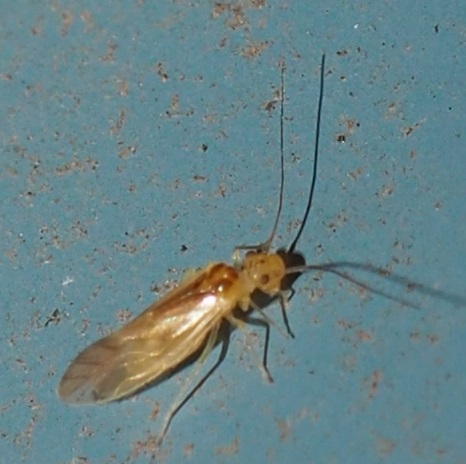
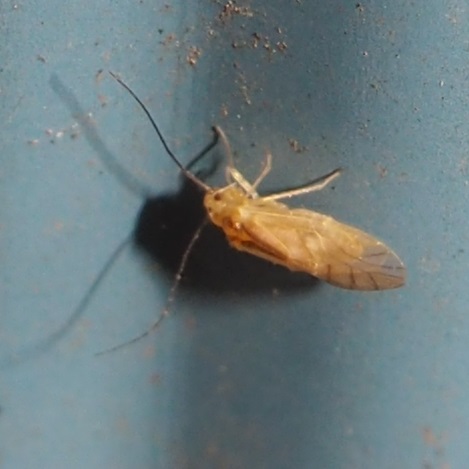
No bees. The next four slides may or may not represent the same individual, but the red is stunning anyway. The last one here is a weevil. It seems to have been overpowered by a spider, hence the odd tunic on the beetle. Sigh....
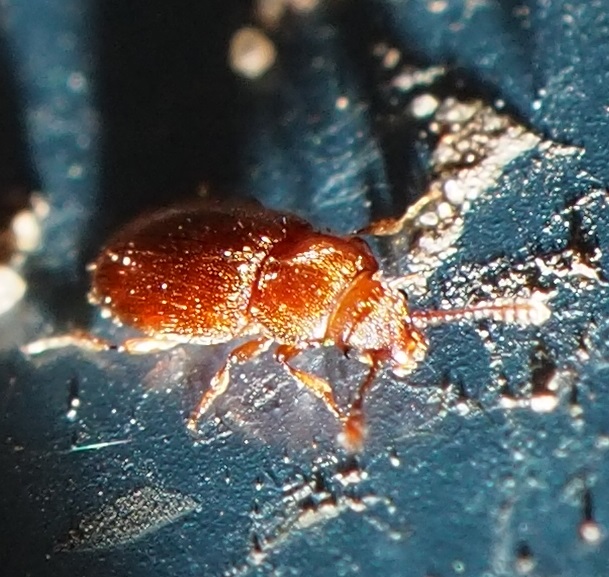
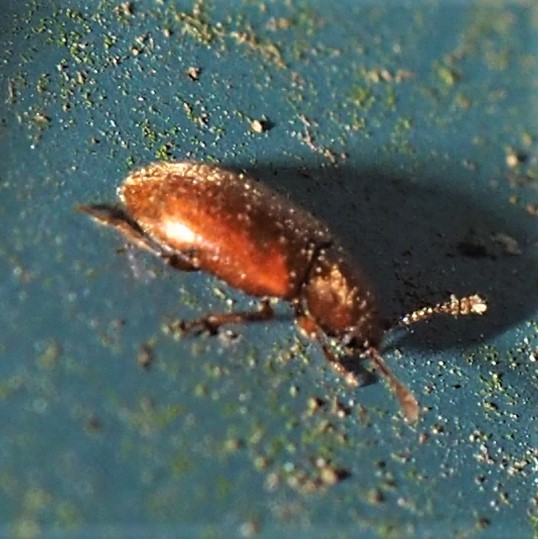



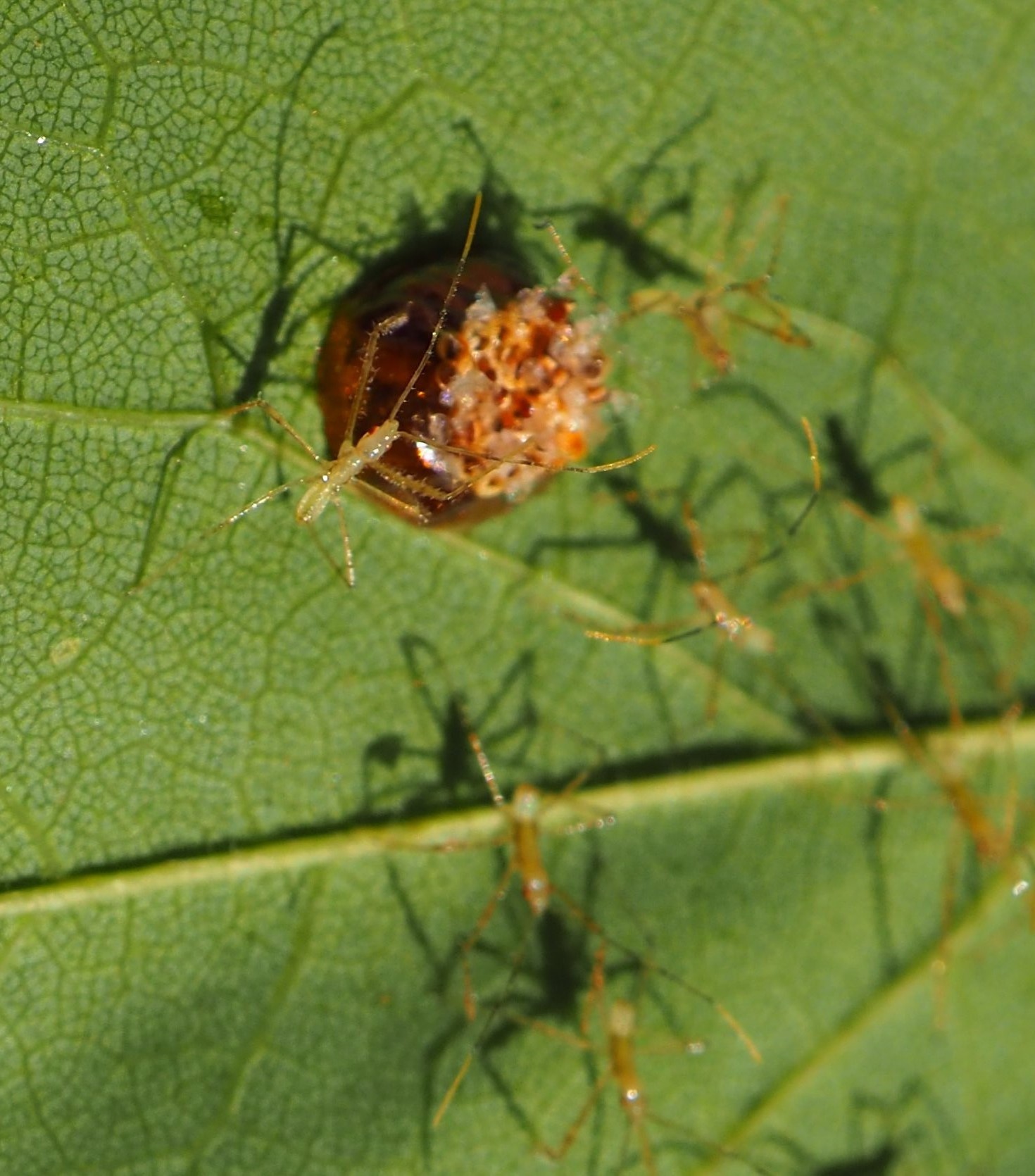
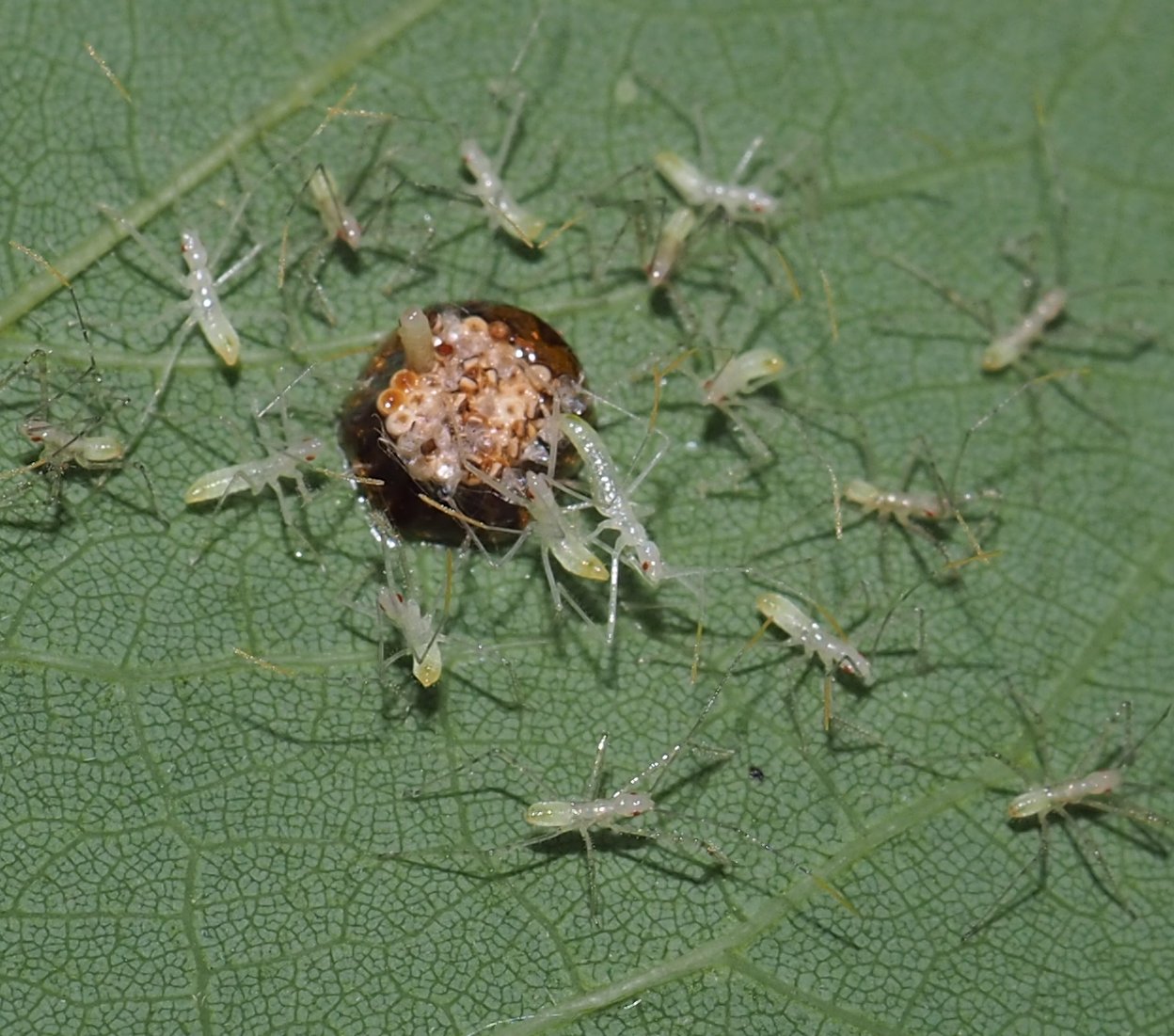

This leafhopper is of the genus Eratoneura. Then comes the Western Conifer Seed Bug, a regal-looking bug described as Leaf-footed Bug, because of the roundish flat decorations (the leaves) on their legs. The third bug looks like the very young nymph of another leaf-footer, namely Acanthocephala terminalis. Here is a little bit older bug but looking much like our strange little critter.
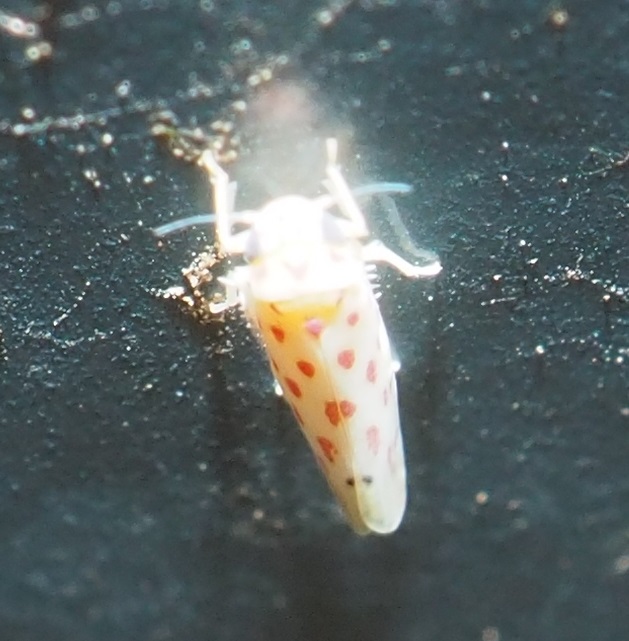

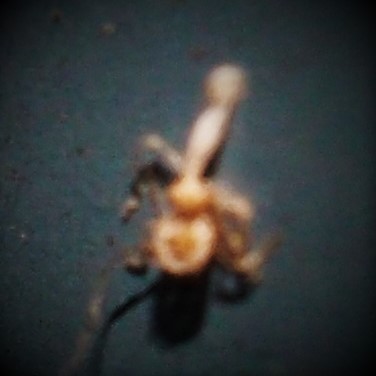
The moth-in-case season is still open. I still haven't seen one shed a skin yet. Just documenting what's out there. The third of these cases seems to have been sealed off (maybe for pupation?).
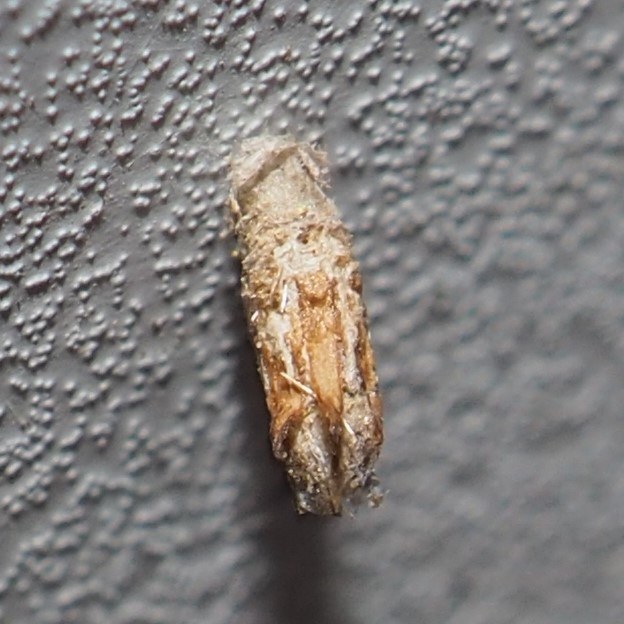
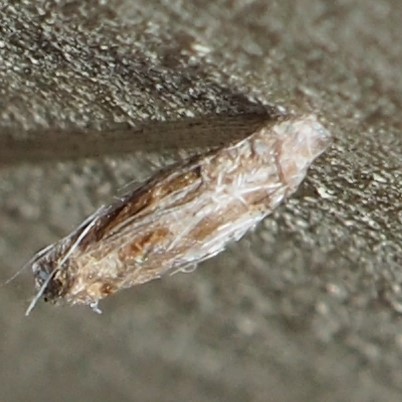

Some Flies. First seems to be a midge (probably a Chironomid); the second one seems to be another kind of Fly, and the third resembles somewhat a Barn Owl (shape of the eyes)...
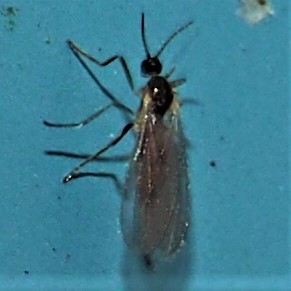

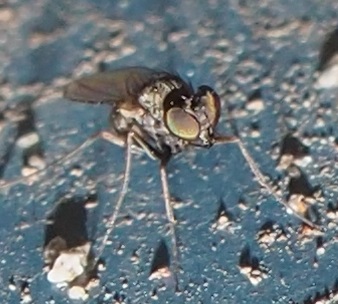
Here are a couple of crane Flies, which are one of the kinds of Flies that fly around hoping to find a mate. I think the third of these is a Fungus Gnat. Number 4 is a re-run from last week. I had called it a fly even though it had no wings. Someone on iNat corrected this, identifying it as a Delphacid Planthopper !!!. I think now that it is Pissonotus guttatus.
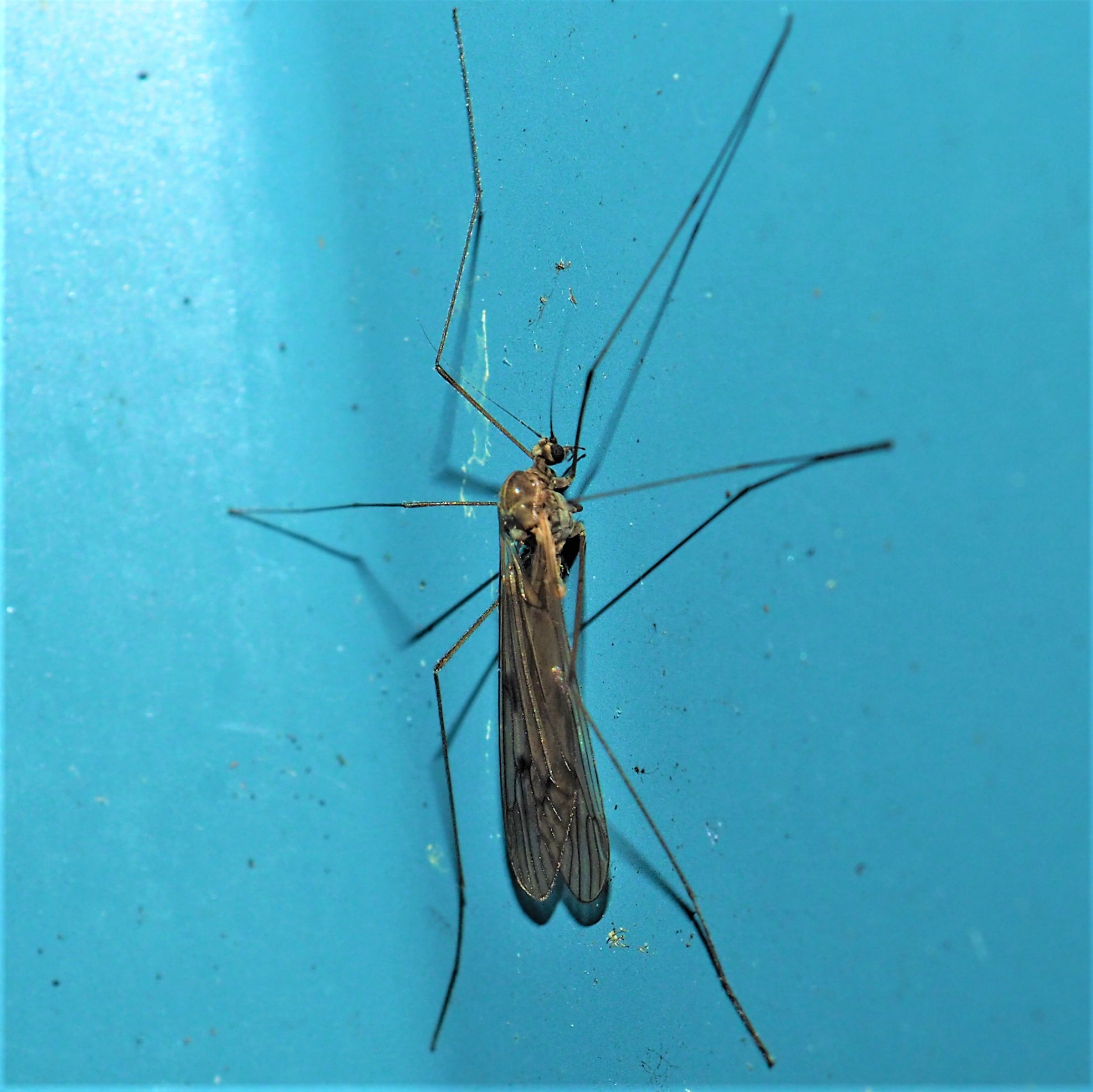
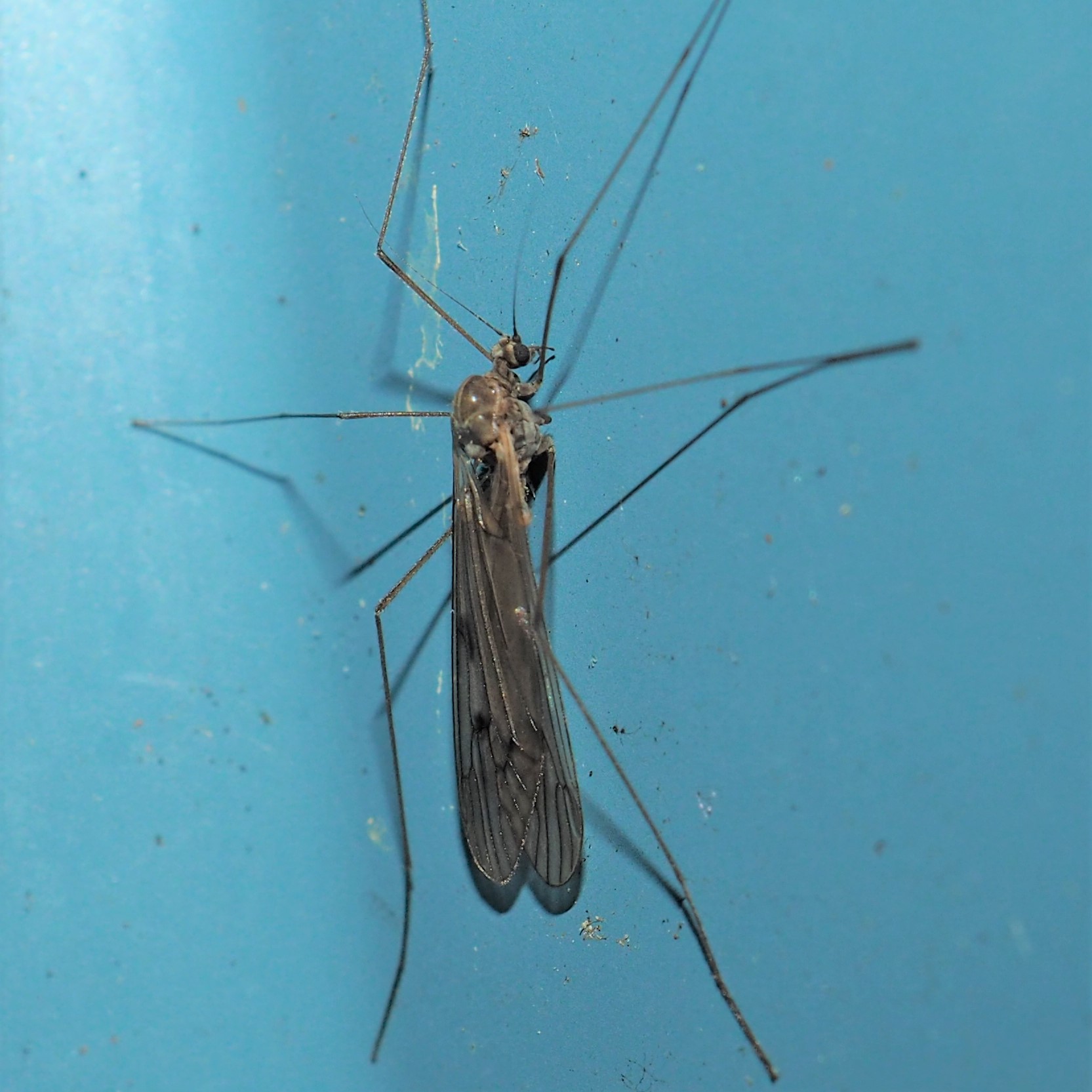
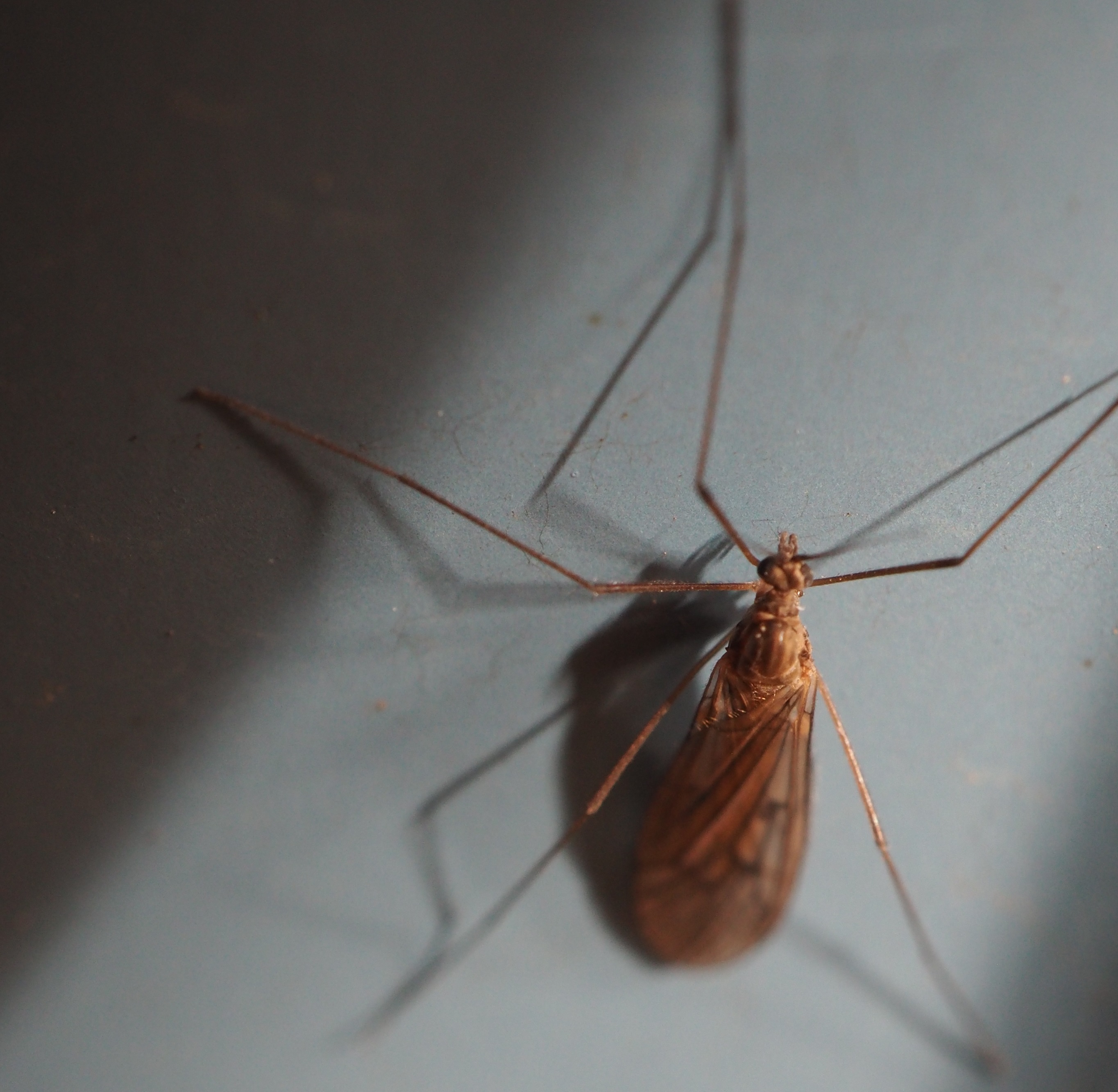
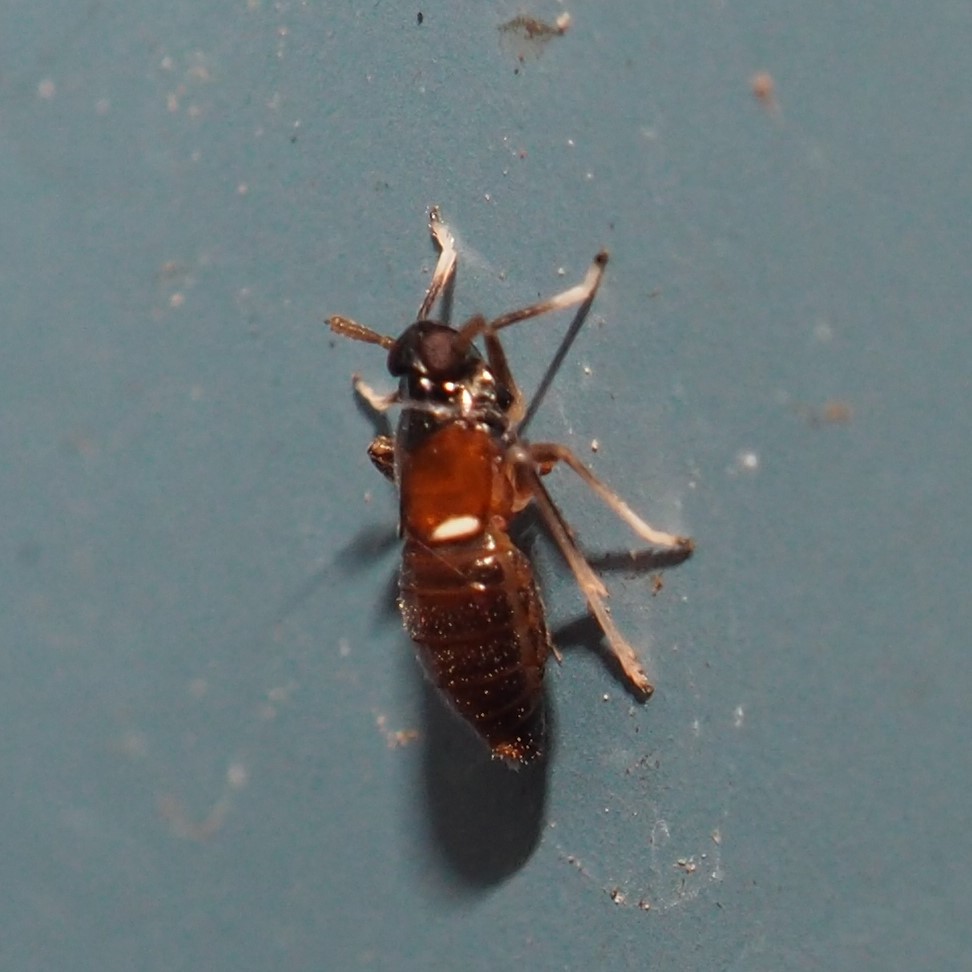
Look at the humongous front legs of this Gall Midge. Also note the antenae which seem to be beaded. The third image is of (I think) a (dead) barklouse, maybe the Graphopsocus cruciatus.

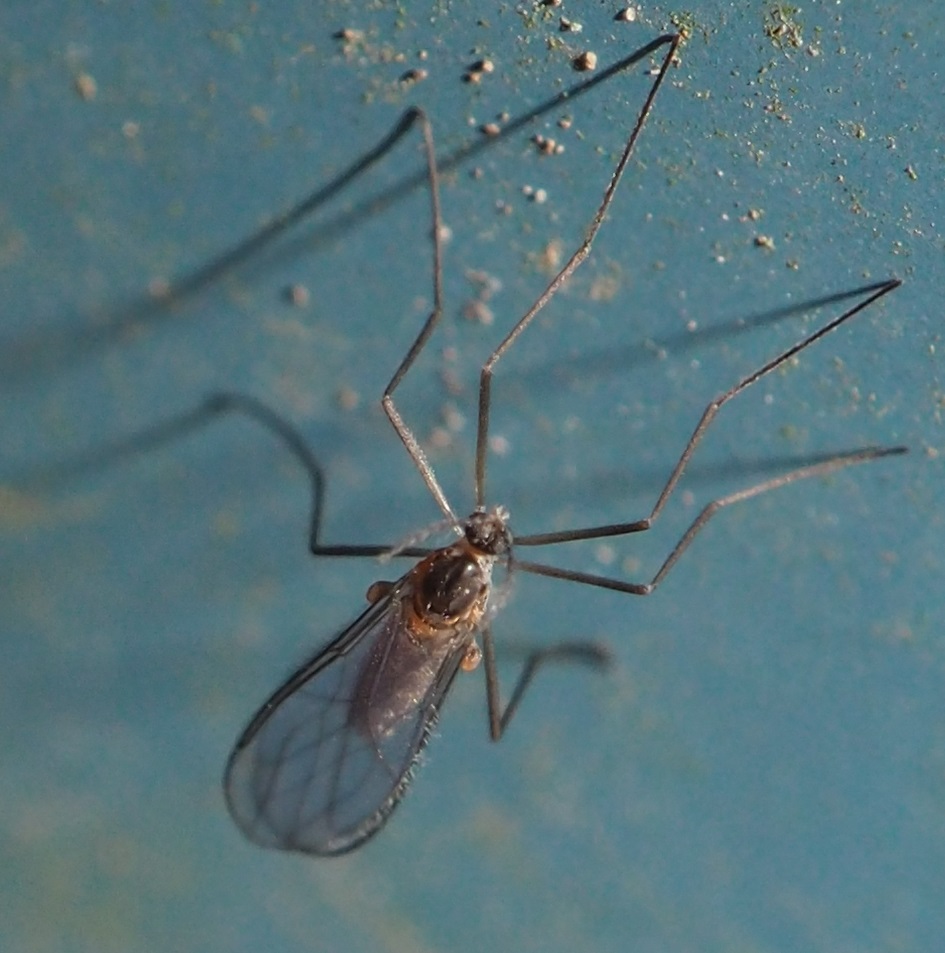
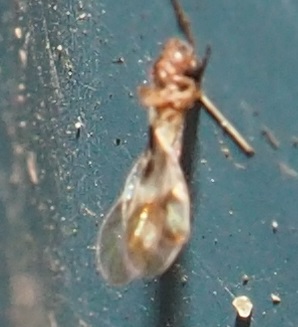
Here are a few Harvestmen. The ones with shortish legs (like #2) are baby ones.
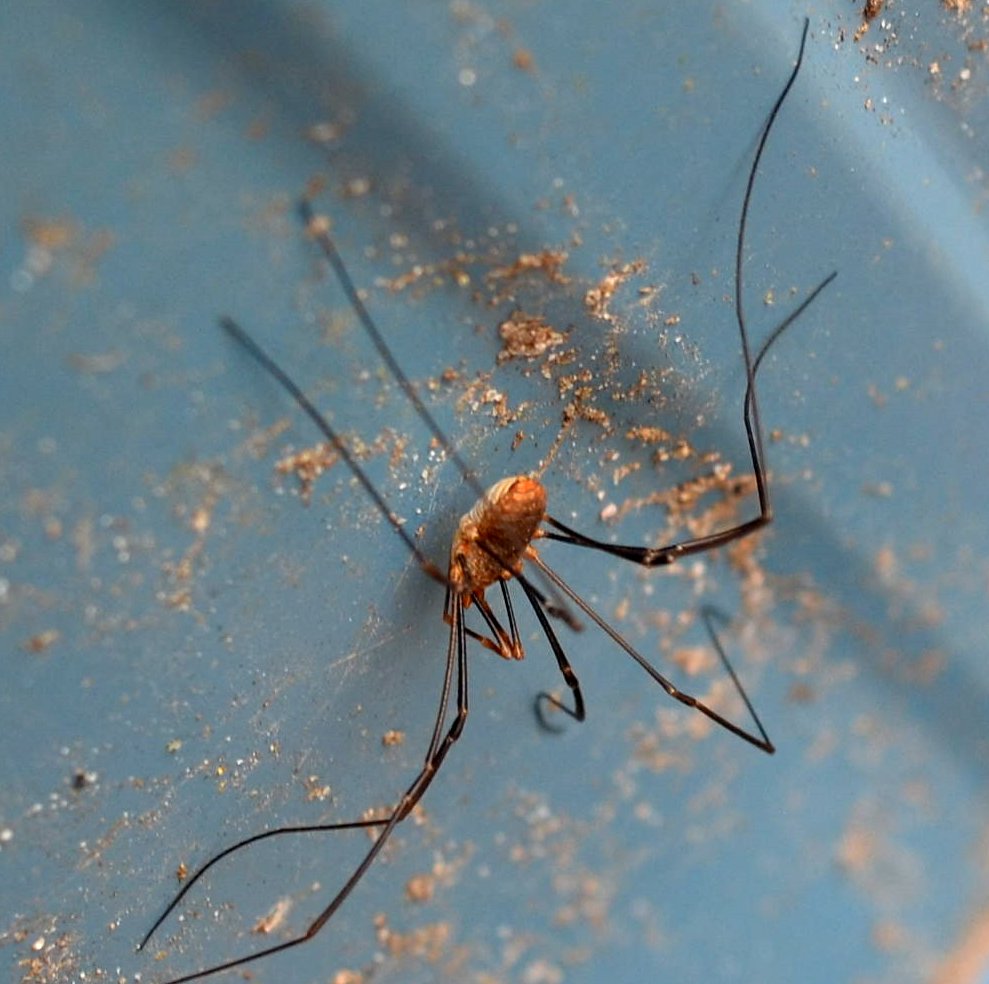
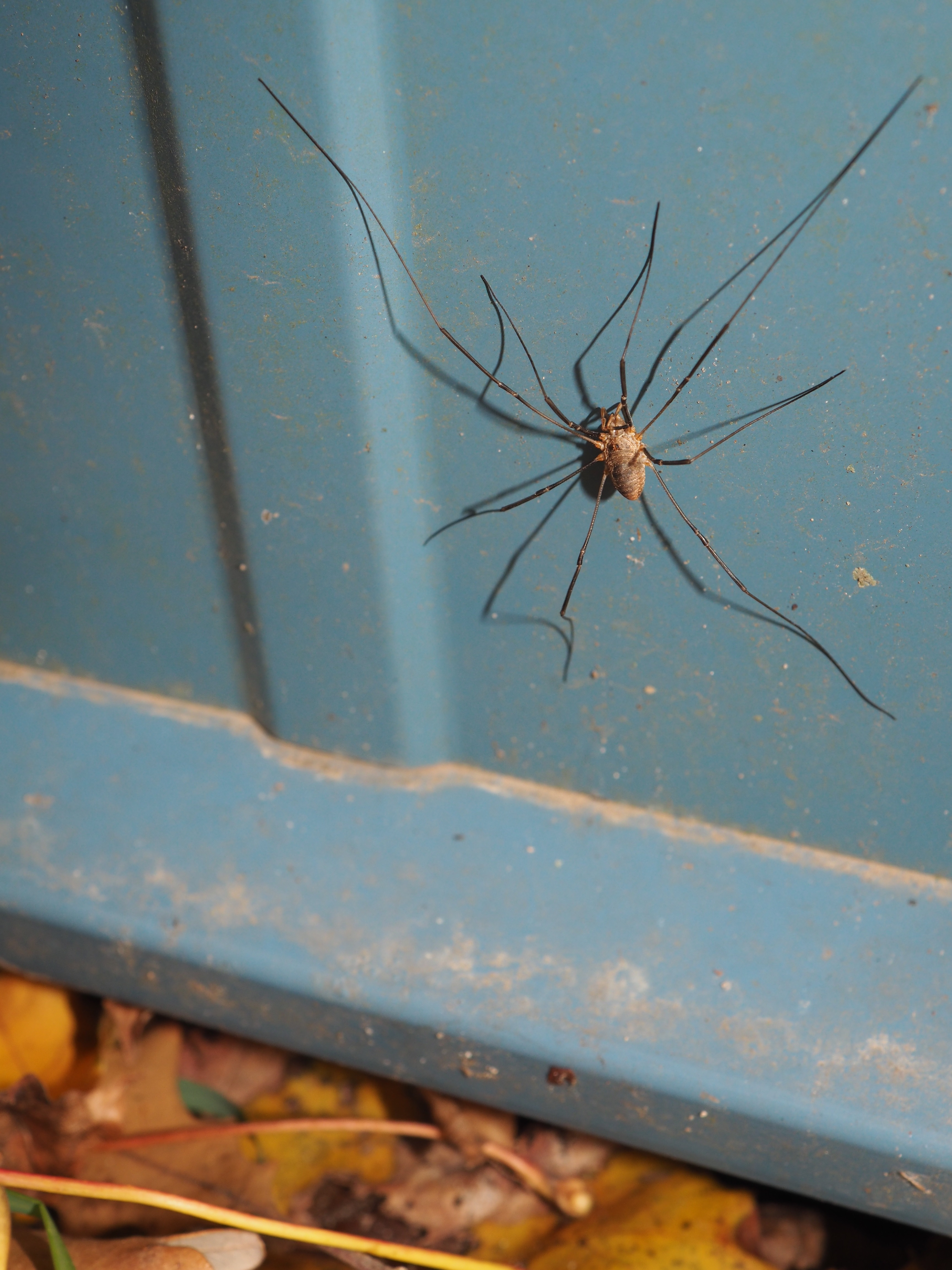
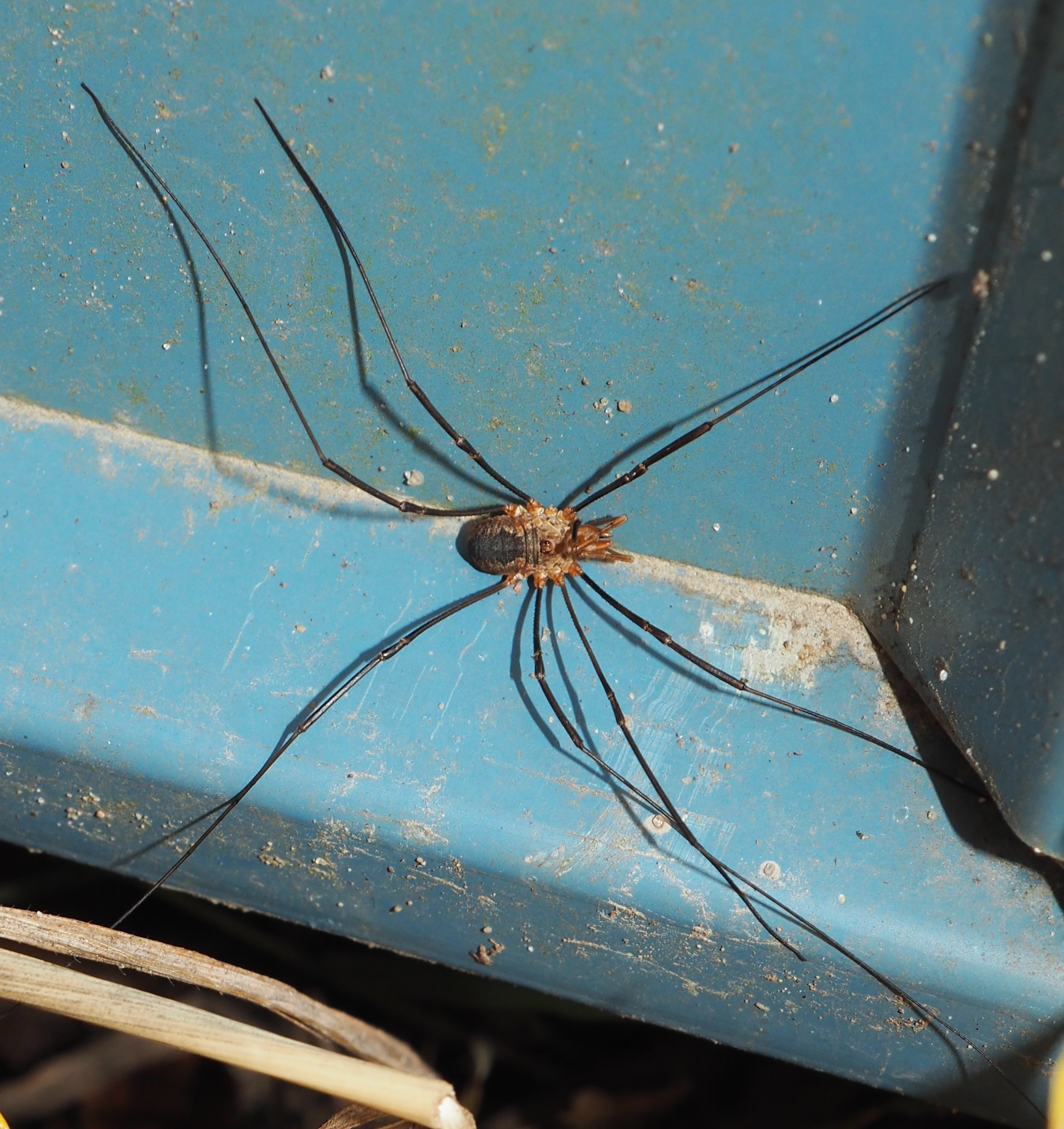
Here's a looper (larva of a Geometrid Moth) - No clue. I have got to start sending my loopers to BugGuide's new page. Right now I'm forgetting the steps to doing it. Anyhoo. Here are some moth larvae (some are called Bagworms) in their cases. You are probably saying to yourselves, why are some of these listed under "case" and these ones under "moth"?
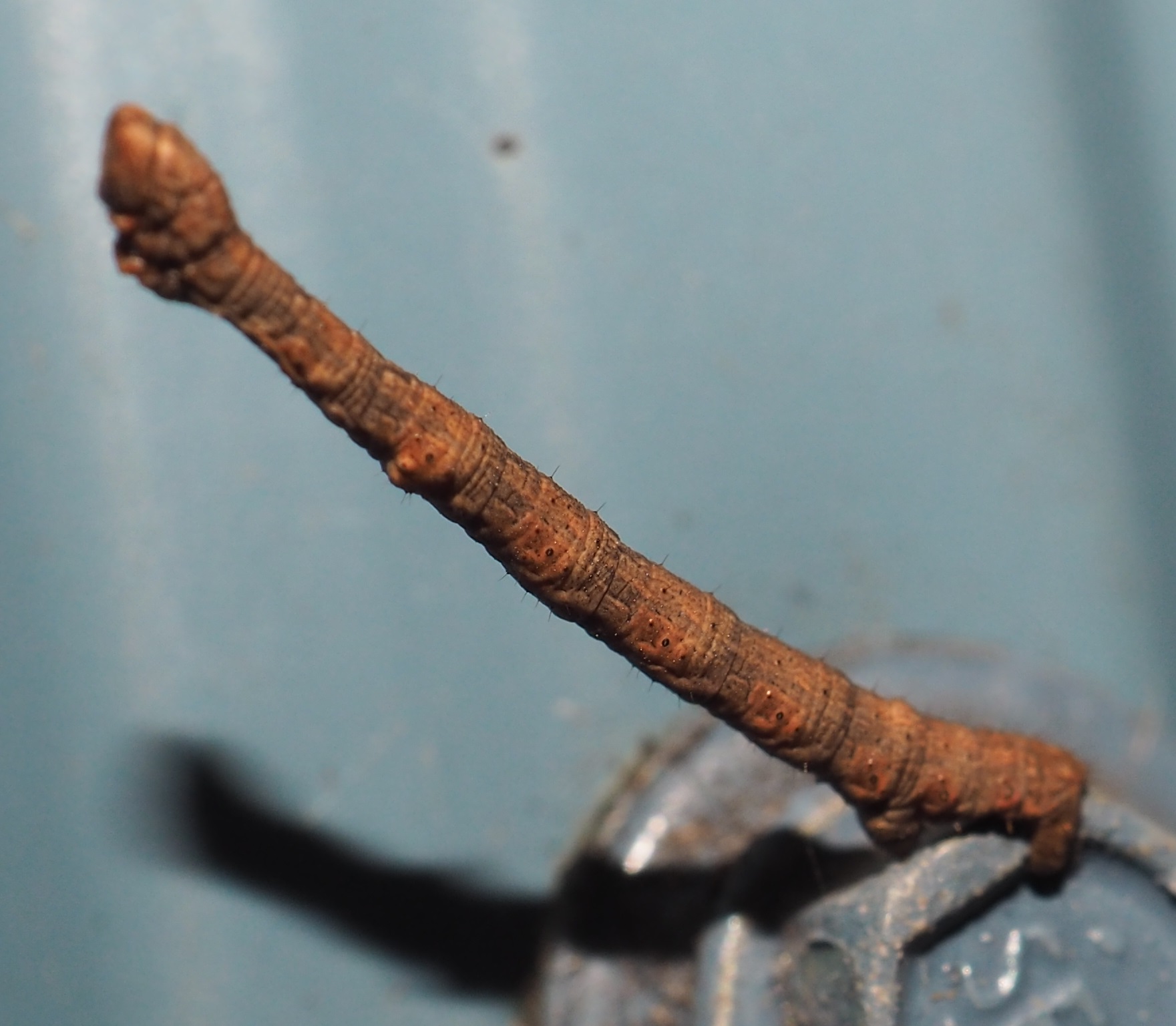

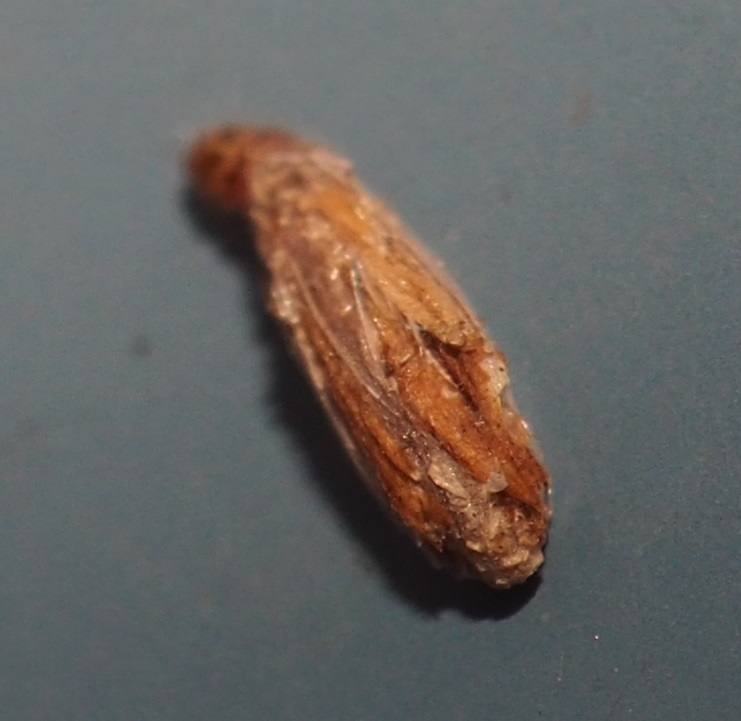
Here we go into the world of spiders. For the third image, the most populous in my yard, is the Common House Spider. Next is a Ground Crab spider.
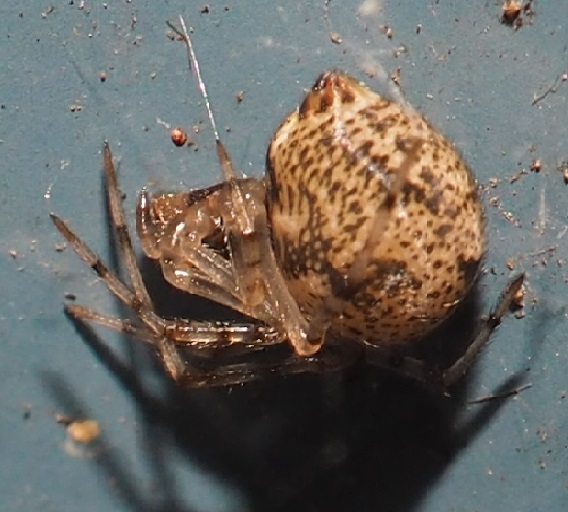
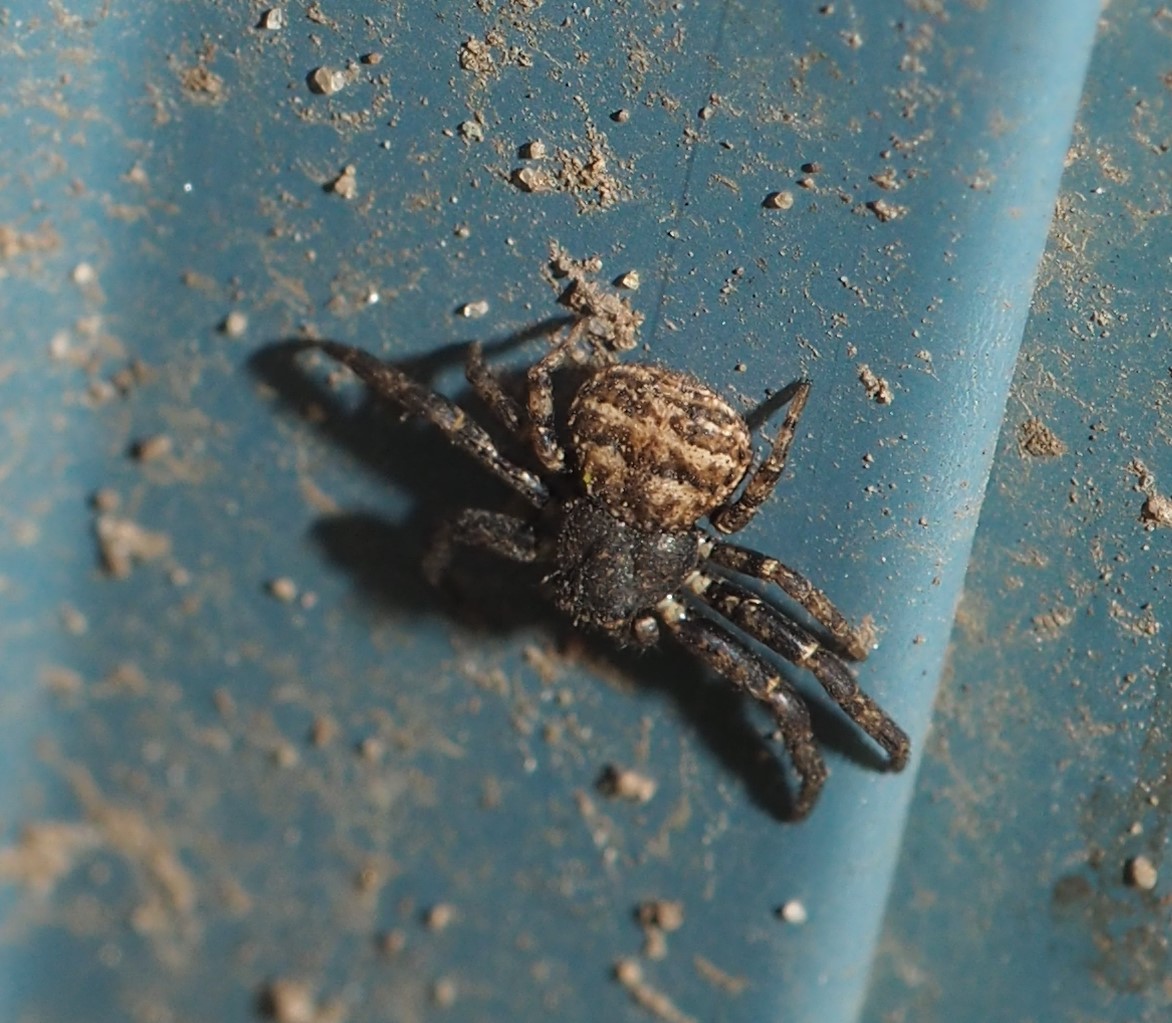
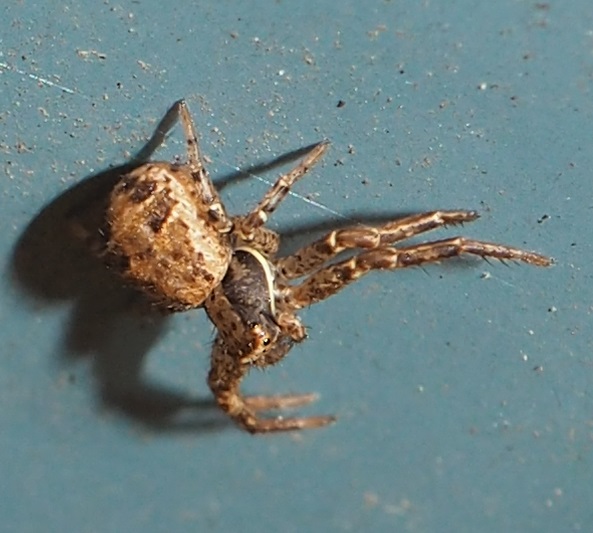
Here is a nice little ichneumon or braconid wasp.. Maybe it's looking for some juicy spiders, I don't know.
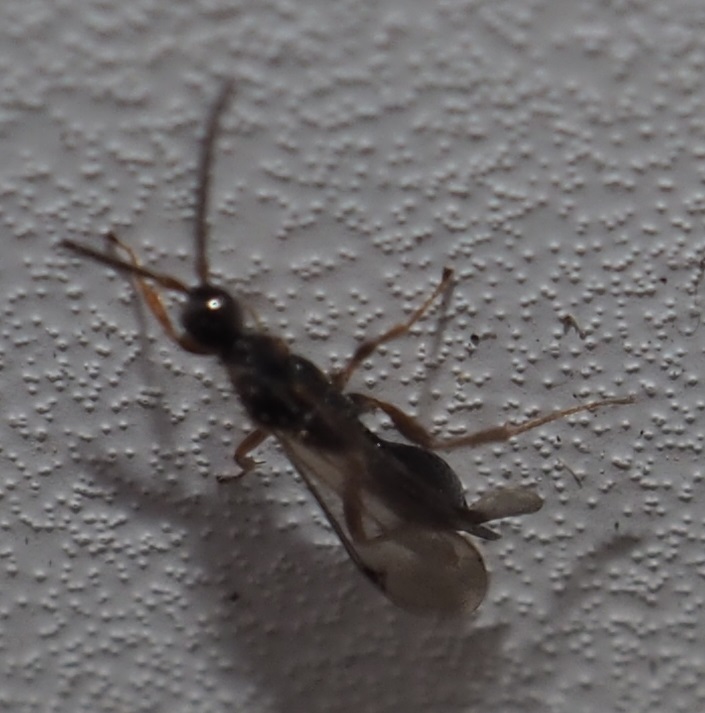
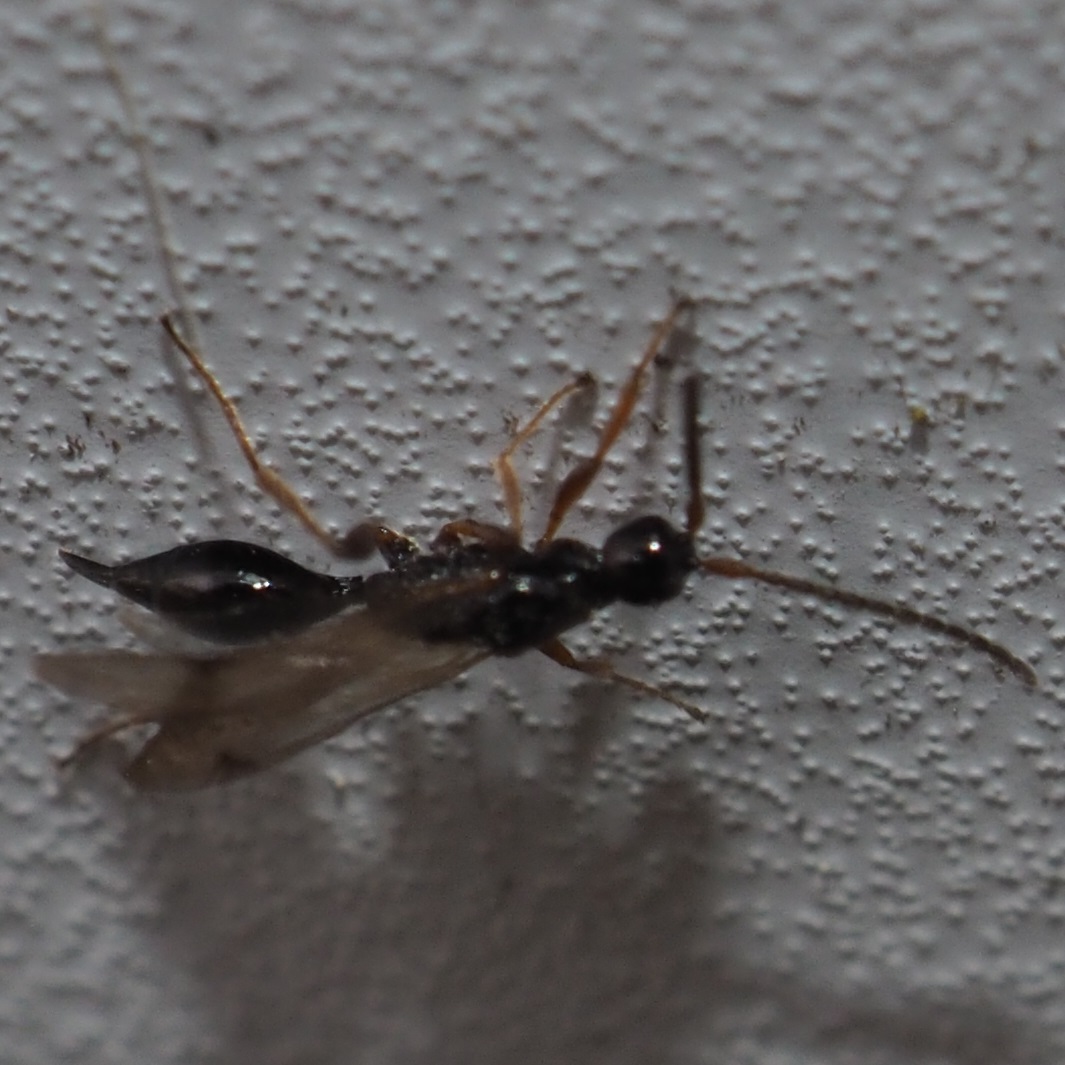

Folks, the colors have pretty much drained out of here for a while. But here's a picture of the beautiful red oak just a couple of houses down the street. I should have taken this picture a couple of days ago, but this will give you the idea. Really scraping the bottom of the barrel, this little red cactus was going crazy out on the porch.
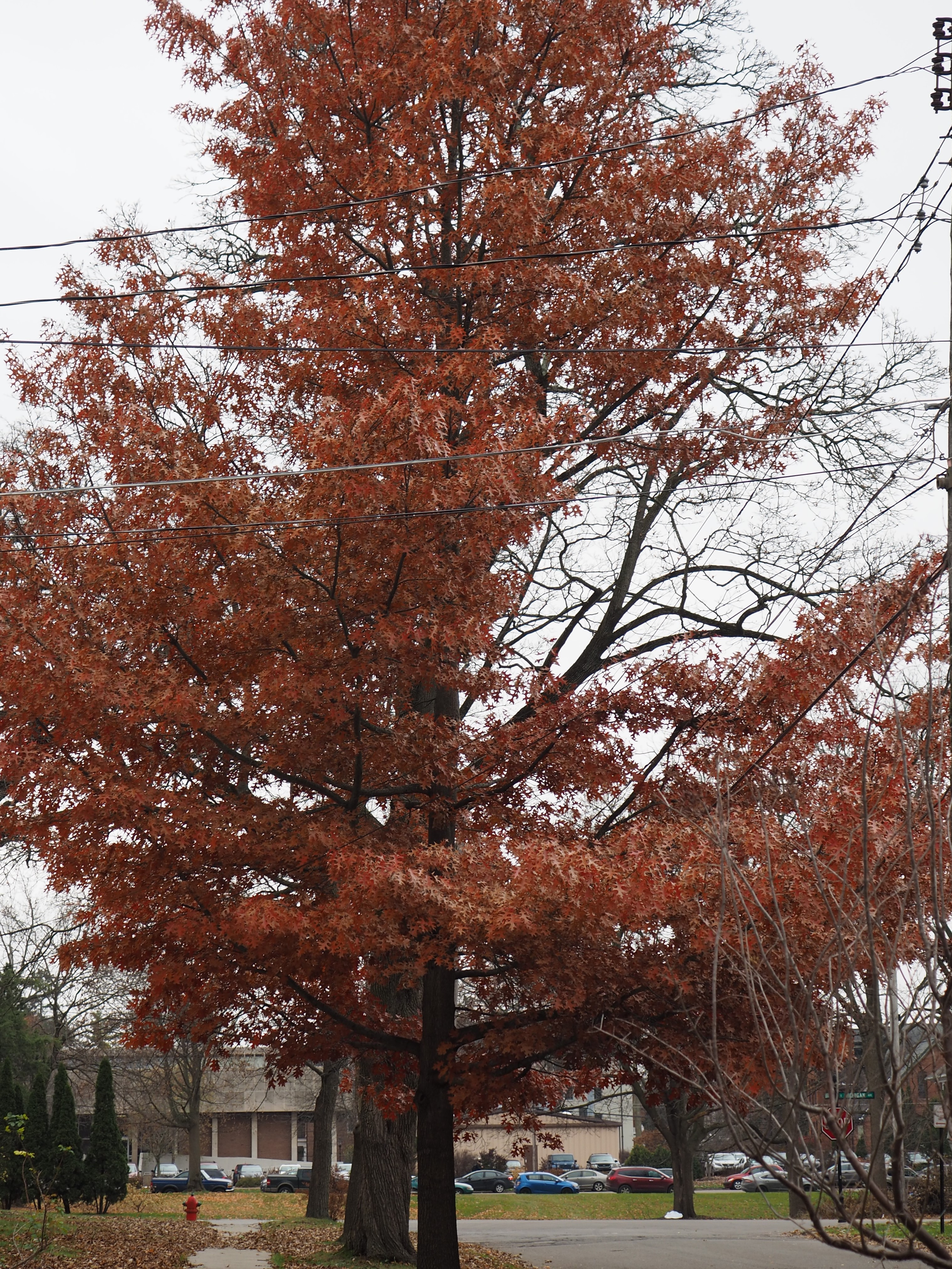
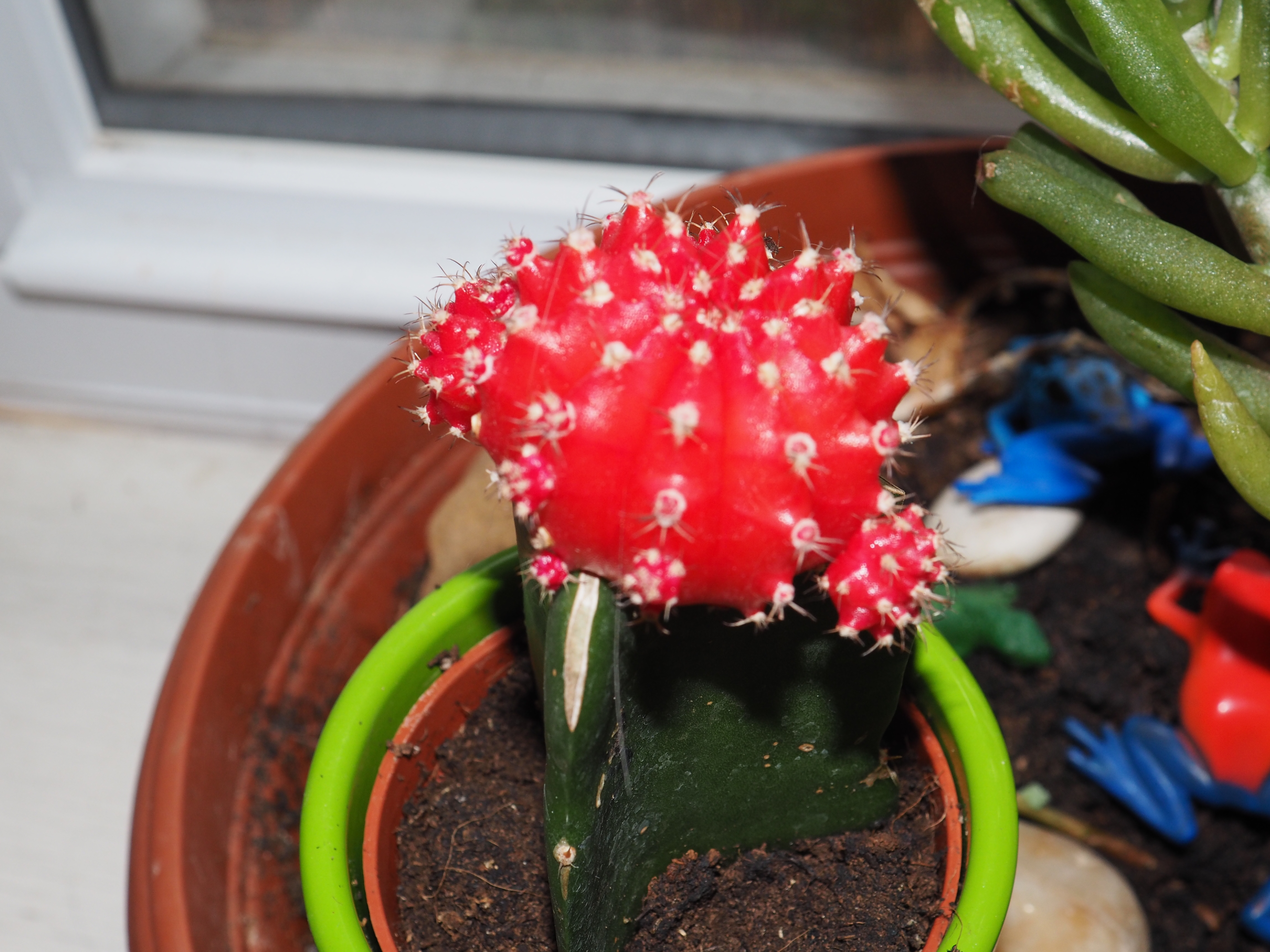
I went out dutifully with my camera a couple of days and tracked along the siding of the workshop. Yesterday's take (goes into next week's blog (if there is one that soon) was pretty scanty. So we had better look around us for every little scrap of color and just think, "Hey, it's November. Usually there will be some changes going along so grab those images and let's hope there will be something out there: maybe a few little springtails, one of the first harbingers of spring! Till next time,
Love, Martha
Back to November 4, 2018
Forward to November 18, 2018
Back to main menu
copyright Martha O'Kennon 2018





















































